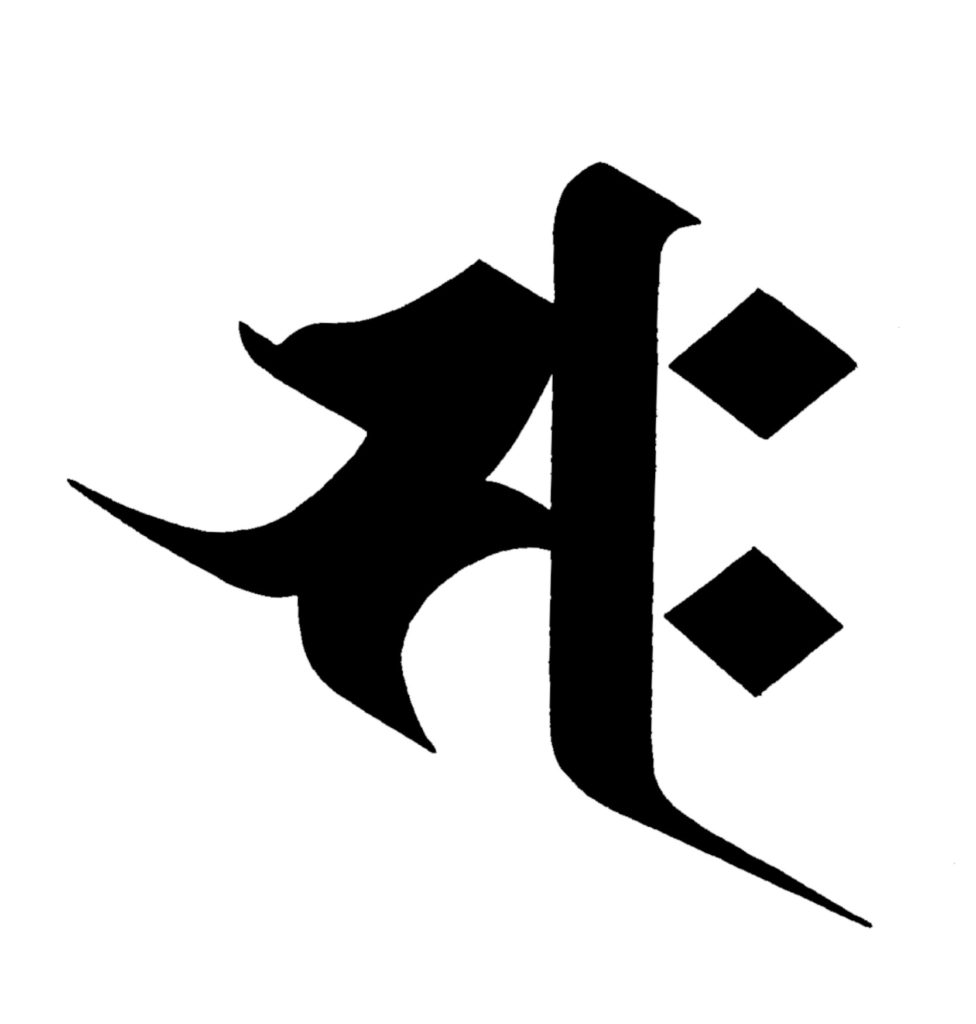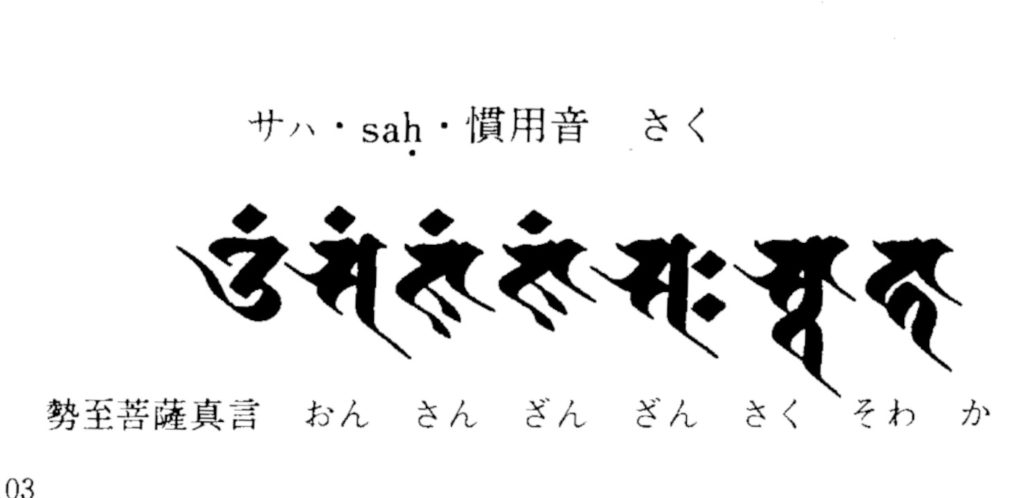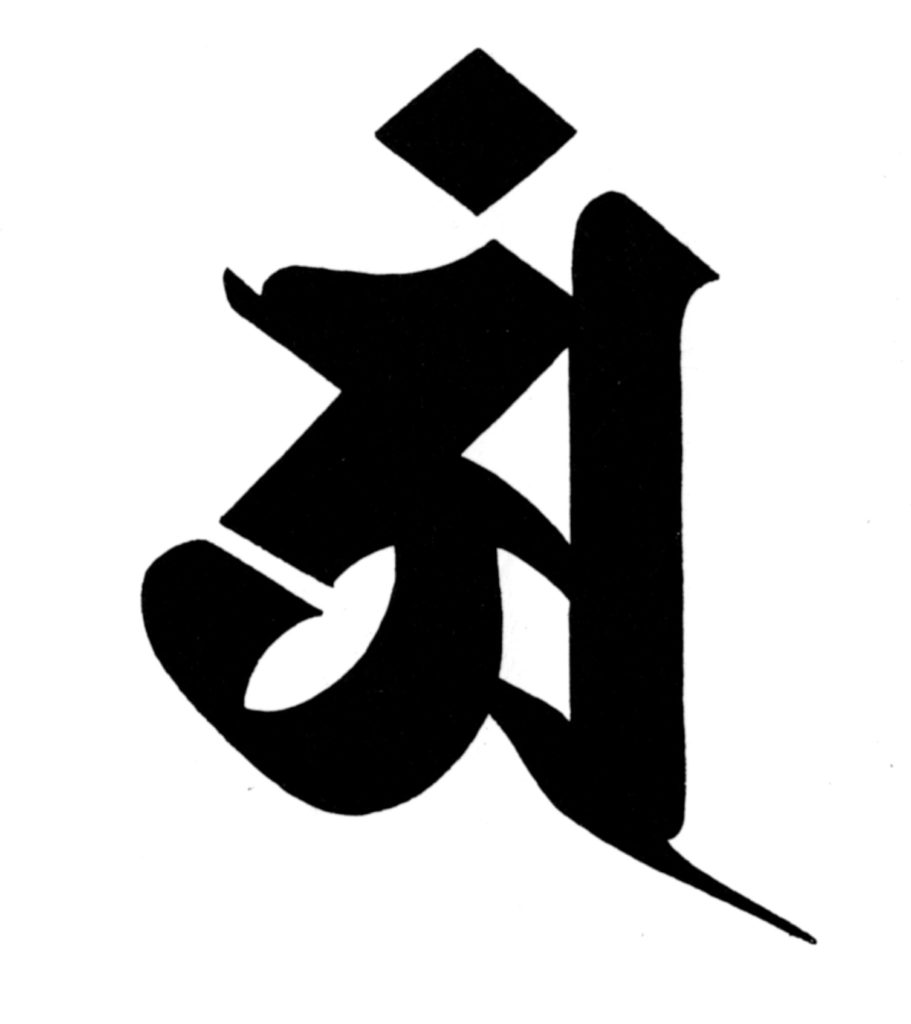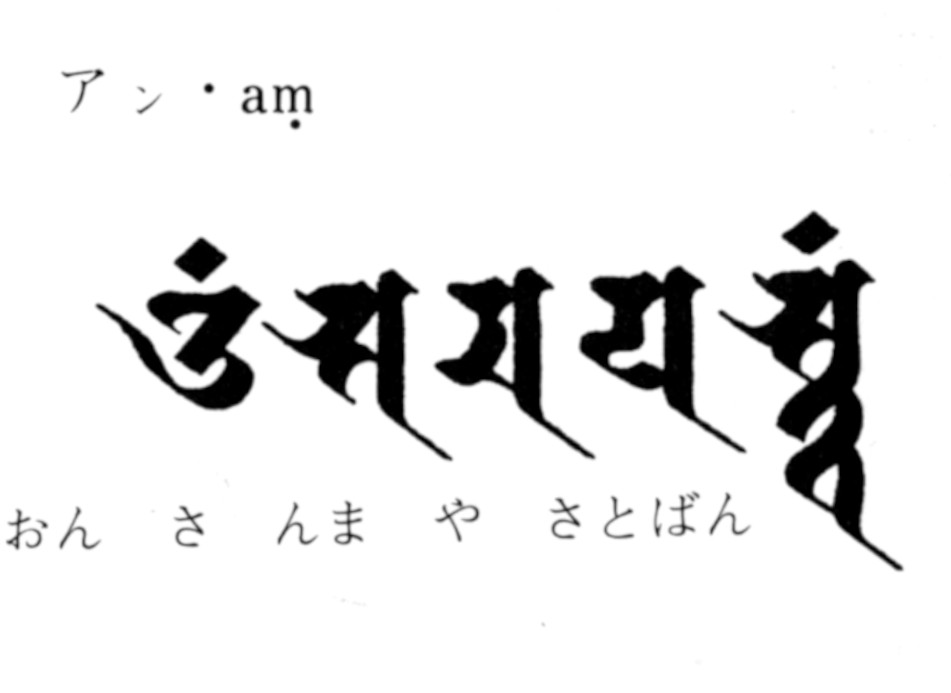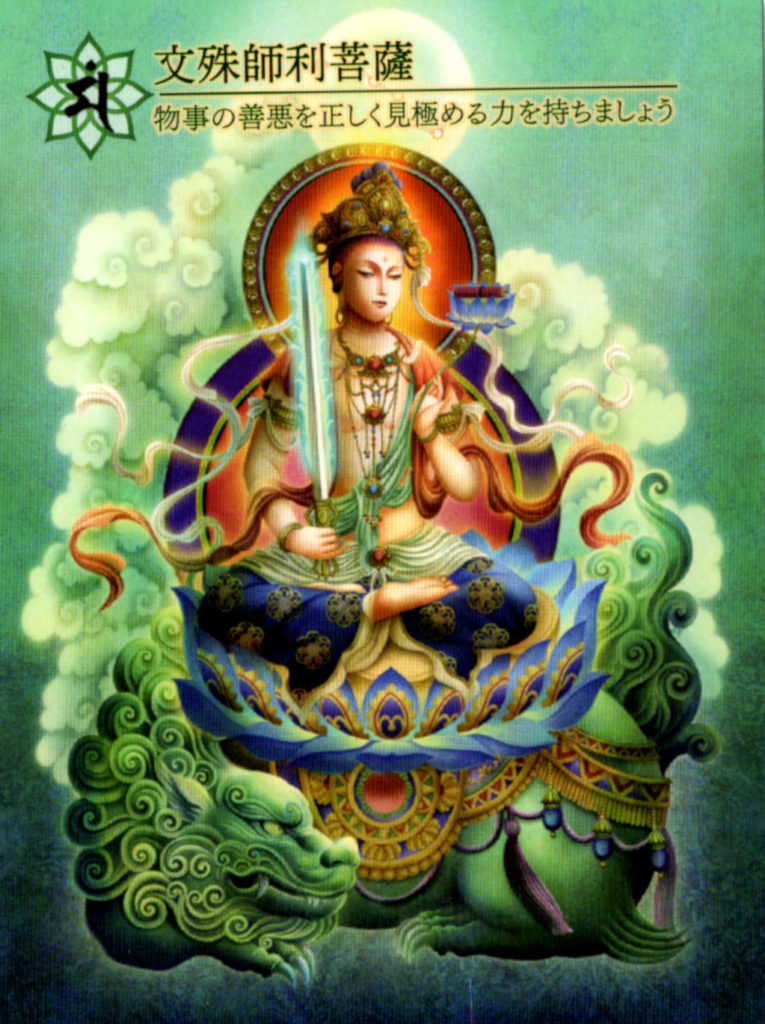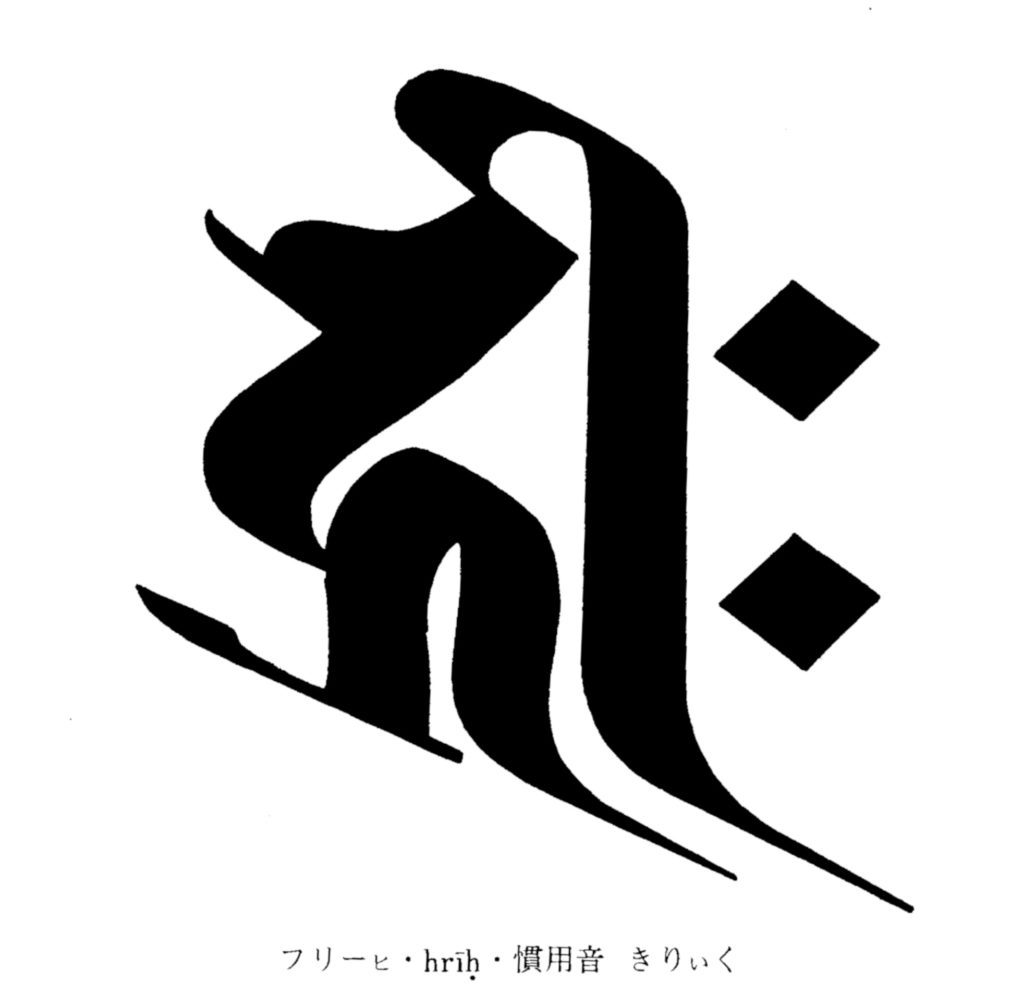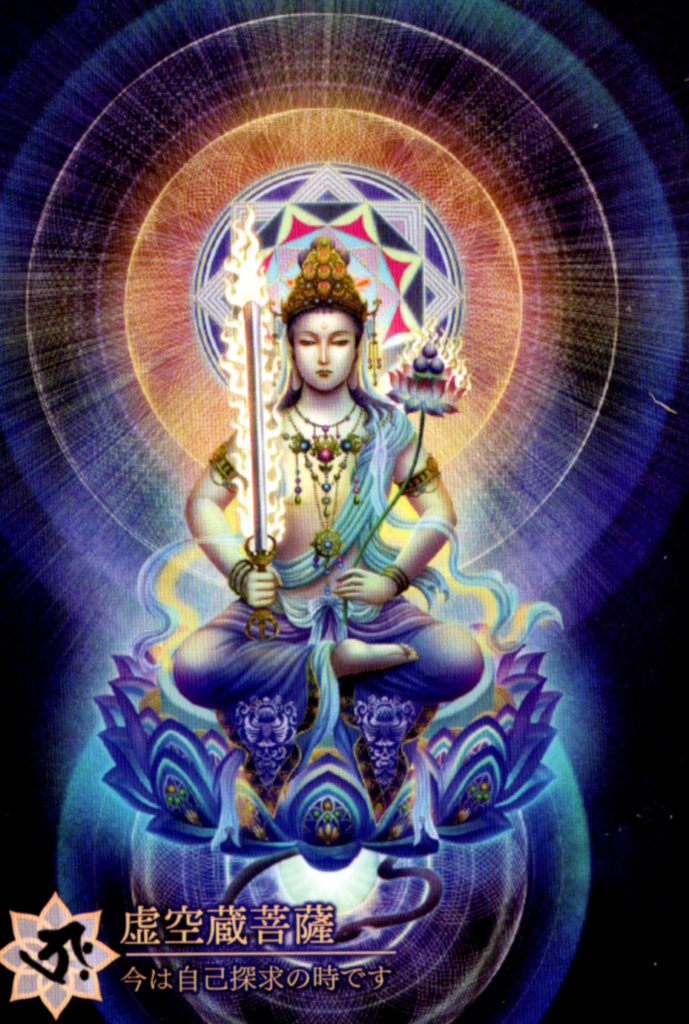
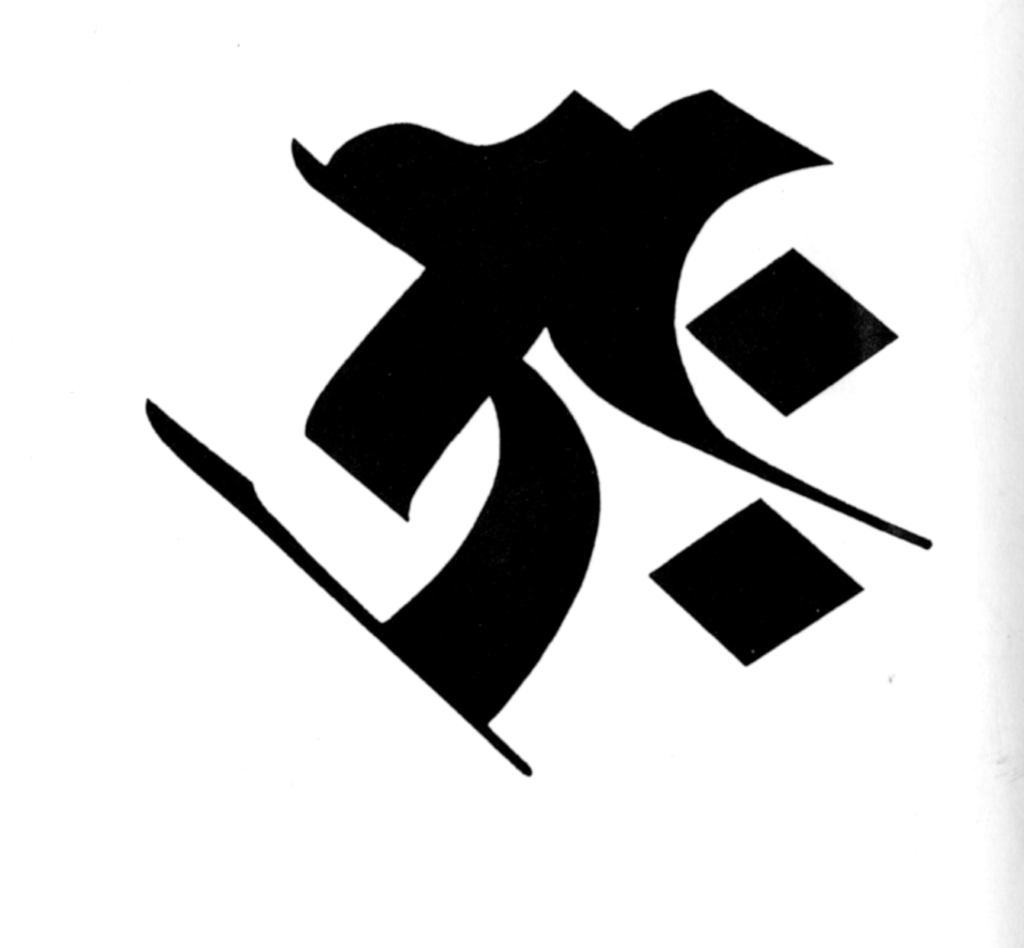
梵名は、アーカーシャガルバ (Akasa garbha)。 アーカーシャは「虚空」、ガルバは「胎蔵」とい う意味です。
菩薩の福徳と仏智が大空(虚空)のように広大 無辺であるところから、この名がつけられました。 その限りない福と智の徳を、必要とする人に必要 なだけ与える、といわれています。「慈悲」の地 蔵菩薩に対して「智慧」の仏として信仰されてい ます。
この虚空蔵菩薩を本尊として修する「虚空蔵菩 薩求聞持法」は、頭脳を明晰にし、記憶力を高め る修法としてよく知られています。
同じく「虚空蔵菩薩念誦法」は、業障を除き、 福徳円満にして物心両面の財宝を得ることができ るとされています。
三昧耶形は宝剣、如意宝珠。種字はタラーク (त्राः、Trāḥ)。真言は「オン バザラ アラタンノウ オンタラク ソワカ」[2](Oṃ vajraratna, Oṃ trāḥ svāhā)や、「ノウボウ アキャシャキャラバヤ オンアリキャ マリボリソワカ」[3](Namo Ākāśagarbhāya, Oṃ ali kalmali mauli svāhā) などが知られる。
「虚空蔵」はアーカーシャガルバ(「虚空の母胎」の意)の漢訳で、虚空蔵菩薩とは「広大な宇宙のような無限の智恵と慈悲を持った菩薩」という意味である。そのため智恵や知識、記憶といった面での利益をもたらす菩薩として信仰される。その修法「虚空蔵求聞持法」は、一定の作法に則って真言を百日間かけて百万回唱えるというもので、これを修した行者は、あらゆる経典を記憶し、理解して忘れる事がなくなるという。 胎蔵曼荼羅の虚空蔵院の主尊であり、密教でも重視される。
虚空蔵菩薩(こくうぞうぼさつ)とは?
虚空蔵とは宇宙のような無限の智慧と慈悲の心が収まっている蔵(貯蔵庫)を意味し、人々の願えを叶えるために蔵から取り出して智慧や記憶力、知識を与えてくれるとされています。
真言宗の開祖・弘法大師は虚空蔵菩薩の真言を100万遍唱えるという虚空蔵求聞持法(こくうぞうぐもんじほう)を行ったそうですよ。無限の記憶力がつき、仏の智慧を体得することができるといわれています。求聞持法の本尊像のほかに、増益(ぞうやく)や除災を願って行う修法の本尊である五大虚空蔵菩薩があります。これは虚空蔵菩薩の持つ智慧を5方に配し、金剛界五仏の変化した姿としたものです。
ご利益
成績向上、記憶力増進、頭脳明晰、商売繁盛、技芸向上のご利益があります。また、丑・寅年の守り本尊です。丑・寅年に生まれた人々の開運、厄除け、祈願成就を助けるといわれています。
虚空蔵菩薩(こくうぞうぼさつ)の像容
1つの顔に2本の腕を持つ、菩薩形の像です。右手に剣、左手に如意宝珠を持っているのが一般的です。五仏宝冠を戴いた坐像として表現されます。
虚空蔵菩薩(こくうぞうぼさつ)の真言
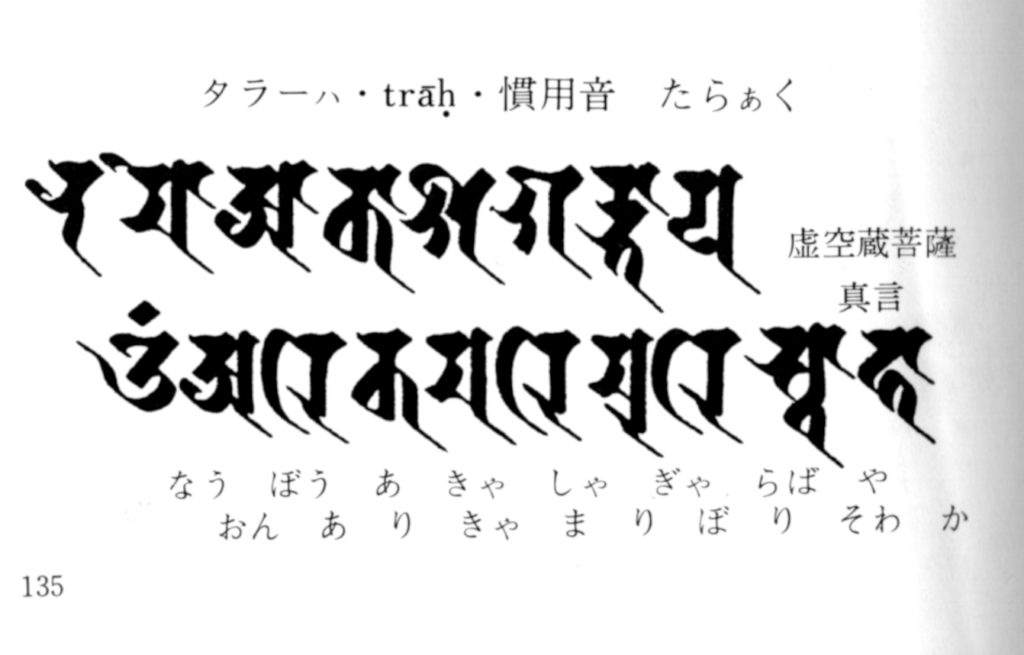
Sanskrit name is Akasa garbha. Akasha means ‘void’ and garba means ‘womb’.
It was given this name because the Bodhisattva’s good fortune and Buddha’s wisdom are as vast and boundless as the sky (void). It is said that the infinite blessings and virtues of wisdom are bestowed on those who need them. He is worshiped as a Buddha of “wisdom” in contrast to Jizo Bodhisattva of “compassion”.
The “Kokuzo Bosatsu Gumonjiho”, in which this Kokuzo Bosatsu is used as the principal image of worship, is well known as a training method that clears the mind and improves memory.
Similarly, the “Kokuzo Bosatsu Nemyoho” is said to remove karma obstacles, achieve good fortune, and obtain both material and spiritual treasures.
Sanmaya-gata is a treasured sword, a wish-fulfilling jewel. The seed letter is talak (त्राः, Trāḥ). Known mantras include “On bazara aratannou ontaraku sowaka”[2] (Oṃ vajraratna, Oṃ trāḥ svāhā) and “Noubo akyashakyalabaya onarikya maliborisowaka”[3] (Namo Ākāśagarbhāya, Oṃ ali kalmali mauli svāhā).
‘Kokuzo’ is the Chinese translation of Akashagarba (meaning ’empty mother’s womb’), and ‘Kokuzo Bosatsu’ means ‘a bodhisattva with infinite wisdom and compassion like the vastness of the universe.’ He is therefore worshiped as a Bodhisattva who brings benefits in terms of wisdom, knowledge and memory. The training method “Kokuzo Gumonjiho” is to recite the mantra a million times in 100 days according to a certain manner, and the practitioner who practices this will memorize, understand and forget all the scriptures. is said to disappear. It is the main deity of Kokuzoin in the Taizo Mandala, and is also valued in esoteric Buddhism.
What is Kokuzo Bosatsu?
Kokuzo means a storehouse (reservoir) that contains infinite wisdom and a compassionate heart like the universe, and it is said that it will be taken out of the storehouse and given wisdom, memory, and knowledge to fulfill people’s wishes. increase.
Kobo Daishi, the founder of the Shingon sect, is said to have performed the Kokuzo Gumonjiho, in which he recited the mantra of Kokuzo Bodhisattva one million times. It is said that you have infinite memory power and can experience the wisdom of Buddha. In addition to the principal image of Gumonjiho, there is also the Godai Kokuzo Bosatsu, which is the principal image of the ritual that is performed to pray for increased profits and warding off evil. The wisdom of Kokuzo Bodhisattva is arranged in five directions, and it is a transformed form of the Five Buddhas of the Vajra Realm.
benefit
There are benefits for improving grades, improving memory, sharpening the mind, prospering business, and improving arts and crafts. It is also the guardian deity of the Year of the Ox and Tiger. It is said to help people born in the year of the ox and tiger bring good luck, ward off evil, and fulfill their prayers.
Statue of Kokuzo Bosatsu
A Bodhisattva statue with one face and two arms. It is common for him to hold a sword in his right hand and a Nyoihoju in his left hand. It is represented as a seated statue with a crown of five Buddhas.
Mantra of Kokuzo Bosatsu
On Basara Aratannou On Tarak Sowaka

